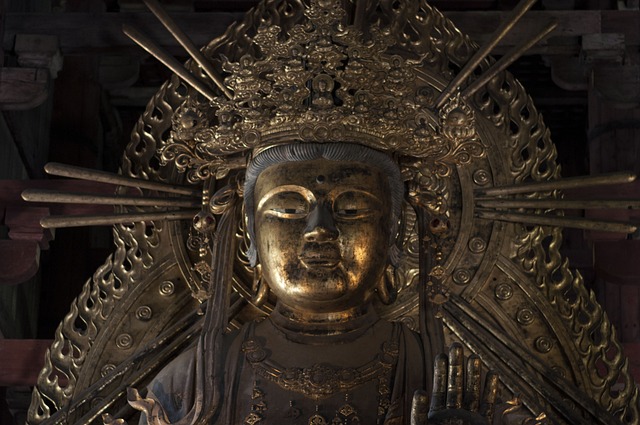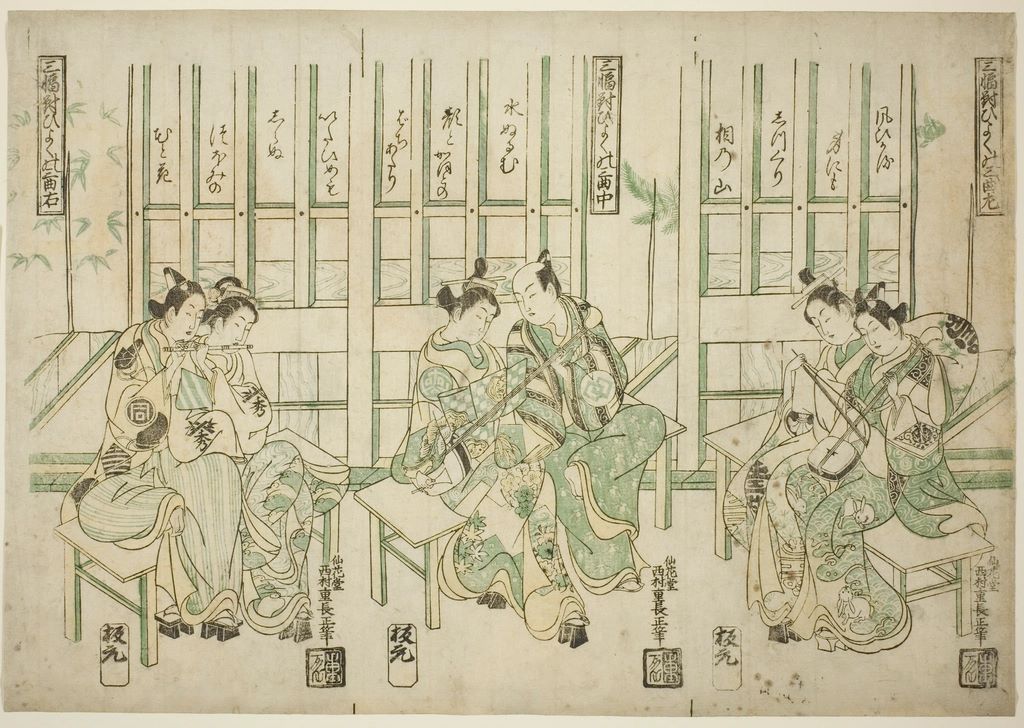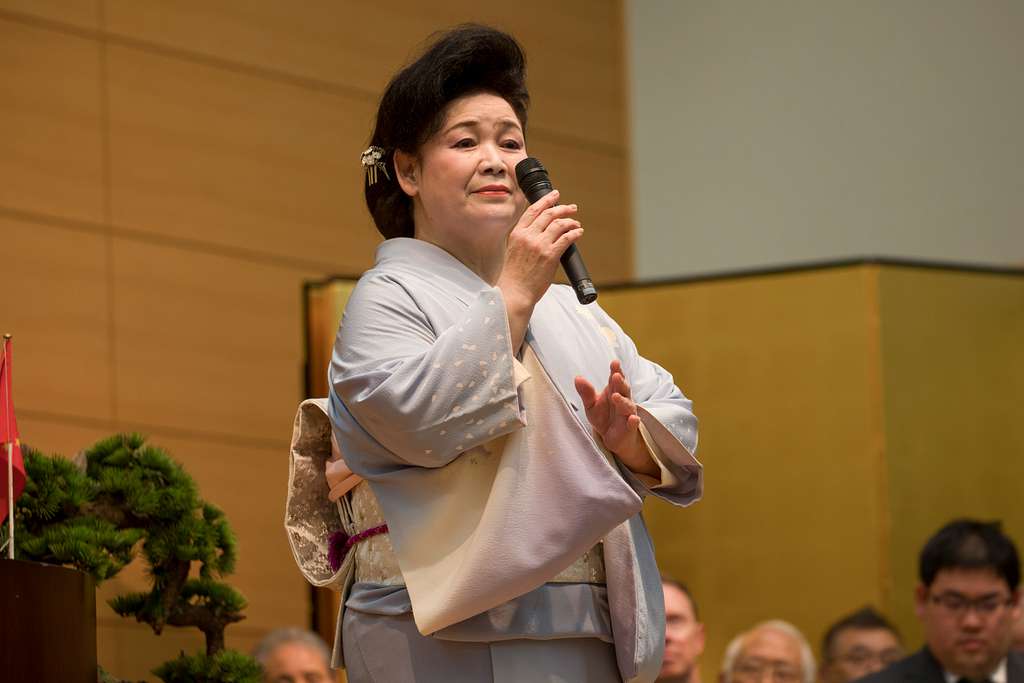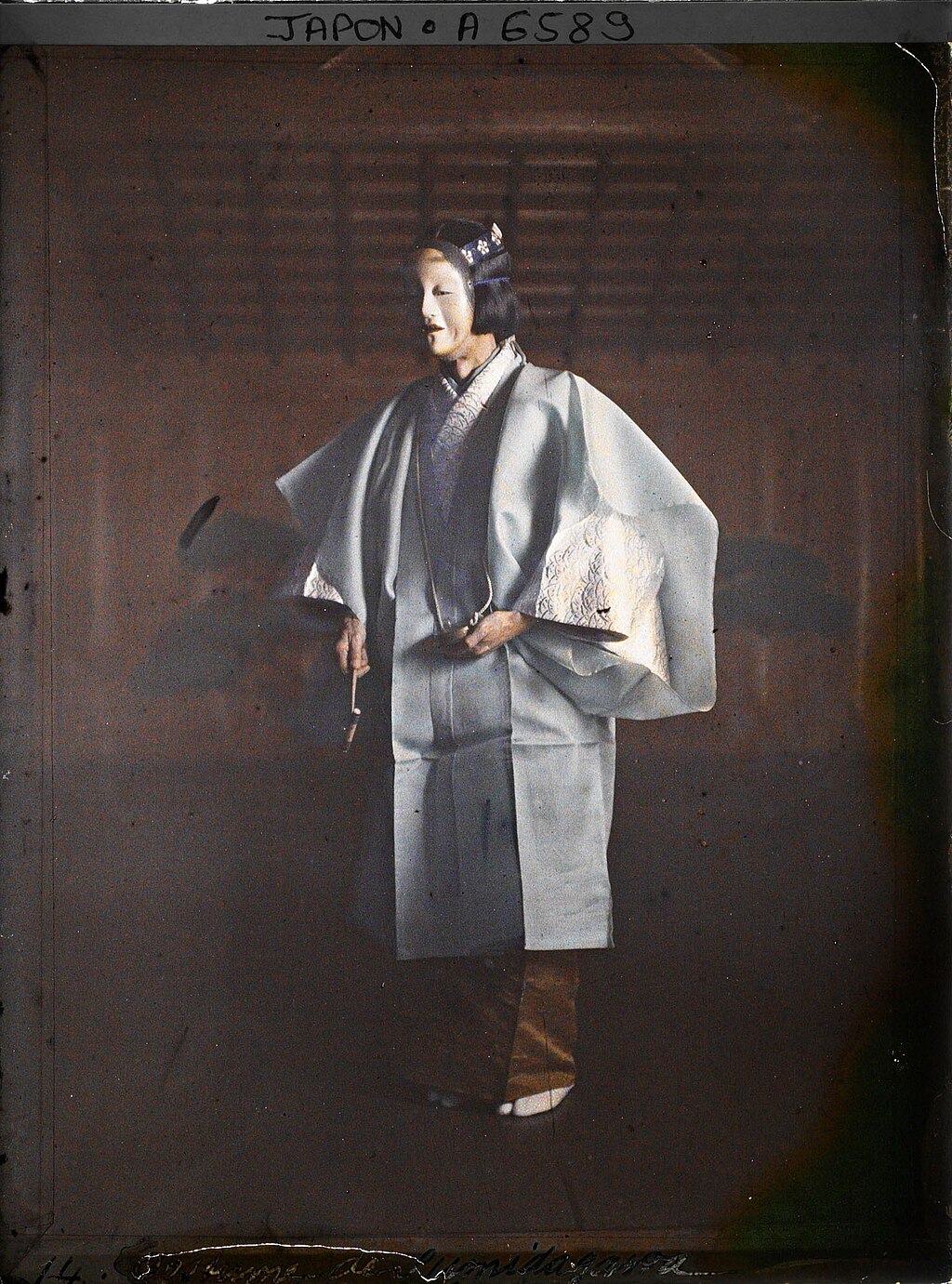The history of Japanese music before and during the Nara period (710–794 CE) represents a fascinating intersection of indigenous traditions and external influences. This essay is about the characteristics of early Japanese music, examining the research and studies that illuminate this period, the instruments that played pivotal roles, and the socio-religious context that shaped the musical landscape. Additionally, it shows the cross-cultural exchanges that brought new musical ideas into Japan, enriching and transforming its musical traditions.
Context: Brief explanation of the Nara period
The Nara period (710–794 CE) was an era in Japanese history, marked by the establishment of Japan’s first permanent capital at Nara. During this time, Buddhism became influential, with the construction of grand temples like Tōdai-ji. The period was also characterized by cultural and intellectual exchange with China, leading to the adoption of Chinese-style government structures and the creation of Japan’s first legal codes. Key historical texts, such as the Kojiki and Nihon Shoki, were compiled, documenting Japan’s early myths and history. The period ended when the capital was moved to Heian-kyō (Kyoto).
Pre-Nara Period: Indigenous Roots and Shamanistic Practices
Before the Nara period, Japanese music was deeply rooted in the indigenous practices of the Jōmon (c. 14,000 – 300 BCE) and Yayoi (c. 300 BCE – 300 CE) periods. Archaeological evidence, including clay figurines and bronze bells (known as dōtaku), suggests that music played a significant role in ritualistic and shamanistic contexts. These rituals were likely connected to agricultural practices, fertility rites, and the worship of nature deities, reflecting the animistic beliefs prevalent during these times.
The music of this era was probably vocal and percussive, with chants and rhythmic patterns forming the backbone of ritual performances. The dōtaku bells, often intricately decorated, were likely used in these rituals, producing a resonant sound that could carry over long distances. These bells were not musical instruments in the conventional sense but served a symbolic and functional purpose in religious ceremonies, marking the transition from the physical to the spiritual realm.
Nara Period: The Blossoming of Court Music
The Nara period marked the establishment of a centralized government and the emergence of a sophisticated court culture. This period is particularly significant for the development of gagaku (雅楽), the imperial court music that remains one of the oldest surviving musical traditions in the world. Gagaku is characterized by its solemn and stately performances, involving both instrumental and vocal elements.
The introduction of Buddhism to Japan in the 6th century CE brought with it a wealth of cultural and musical influences from China and Korea. This period saw the importation of various musical instruments, scales, and notational systems, which were adapted and incorporated into the existing musical traditions. The establishment of the imperial court in Nara facilitated the systematization of these musical forms, leading to the codification of gagaku as a formal genre.
Instruments of the Nara Period
The Nara period saw the introduction and development of several key musical instruments, many of which were of foreign origin. Among the most notable are:
- Koto (琴): A zither-like instrument with strings stretched over a long wooden body. The koto was likely influenced by Chinese and Korean instruments and became a central feature of court music.
- Biwa (琵琶): A short-necked lute, also of Chinese origin, used primarily in narrative storytelling and as an accompaniment in gagaku.
- Shō (笙): A mouth organ that produces a harmonized sound, similar to the Chinese sheng. The shō plays a vital role in creating the lush, layered textures characteristic of gagaku music.
- Taiko (太鼓): Various types of drums, including large barrel-shaped drums, were used to provide rhythmic support in both court and religious music.
These instruments were not merely tools for creating music but were imbued with symbolic significance, often associated with the divine or the imperial authority. Their introduction and adaptation reflect the broader cultural exchanges taking place during this period, as Japan increasingly engaged with its continental neighbors.
Cultural and Religious Influences
The Nara period was a time of profound religious and cultural transformation, as Buddhism became the state religion and began to permeate all aspects of life, including music. The construction of grand Buddhist temples and the establishment of religious rituals provided new contexts for musical performances. Buddhist chants, known as shōmyō (声明), were introduced, incorporating elements of Indian and Central Asian music that had traveled along the Silk Road.
Buddhist influence also led to the development of new musical forms and the refinement of existing ones. The gagaku repertoire, for example, includes pieces that are explicitly religious, performed during temple ceremonies and other sacred occasions. These pieces often evoke a sense of transcendence and spiritual contemplation, reflecting the Buddhist ideals of impermanence and enlightenment.
In addition to Buddhism, Shinto, the indigenous religion of Japan, continued to play a significant role in shaping the musical traditions of the period. Shinto rituals, particularly those related to the imperial court, were accompanied by music and dance, emphasizing the connection between the divine and the human realms. The fusion of Shinto and Buddhist elements in Nara period music underscores the syncretic nature of Japanese religious practices and highlights the adaptability of the musical traditions to new cultural contexts.
Research and Studies on Nara Period Music
Scholarly research on the music of the Nara period has been extensive, with studies focusing on various aspects such as the origins of gagaku, the influence of foreign musical traditions, and the role of music in religious and courtly life. Notable works include studies on the historical development of gagaku and the transmission of musical knowledge from China and Korea to Japan. These studies often rely on a combination of historical texts, such as the Nihon Shoki and Kojiki, and archaeological findings, including musical instruments and notational records.
One significant area of research has been the analysis of ancient musical scores, such as those preserved in the Shōsōin, a repository of imperial treasures dating back to the Nara period. These scores provide valuable insights into the musical practices of the time, including the scales, modes, and performance techniques used in gagaku and other forms of court music.
Recent studies have also explored the broader cultural and political contexts in which Nara period music developed. For example, scholars have examined the role of music in consolidating imperial authority and promoting the cultural prestige of the Japanese court. Others have investigated the impact of music on social cohesion and its role in ritualizing the relationship between the state and the divine.
Conclusion
The music of Japan before and during the Nara period reflects a rich tapestry of indigenous traditions and foreign influences, woven together in a dynamic cultural environment. From the ritualistic chants of the pre-Nara period to the sophisticated court music of the Nara period, Japanese music evolved in response to both internal developments and external interactions. The introduction of new instruments, scales, and religious practices, particularly through the influence of Buddhism, transformed the musical landscape, leading to the creation of enduring traditions such as gagaku.
The study of Nara period music offers valuable insights into the broader cultural and religious dynamics of early Japan. It highlights the ways in which music was used to articulate and reinforce social and religious hierarchies, while also serving as a medium for cross-cultural exchange. As modern scholars continue to explore this fascinating period, the music of ancient Japan remains a powerful testament to the creative synthesis of indigenous and foreign elements, shaping the cultural heritage of Japan for centuries to come.





